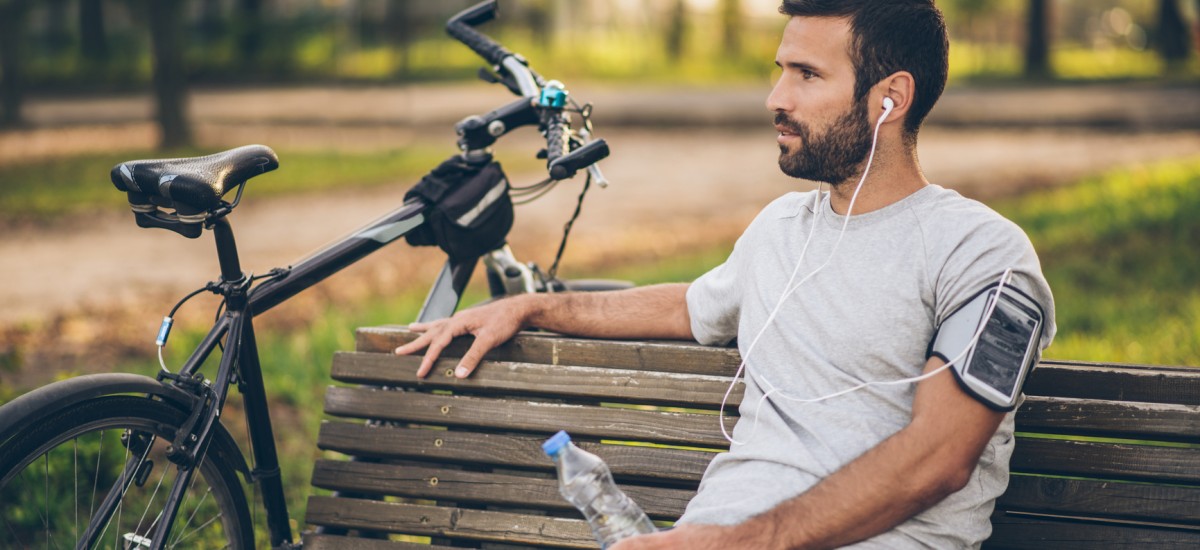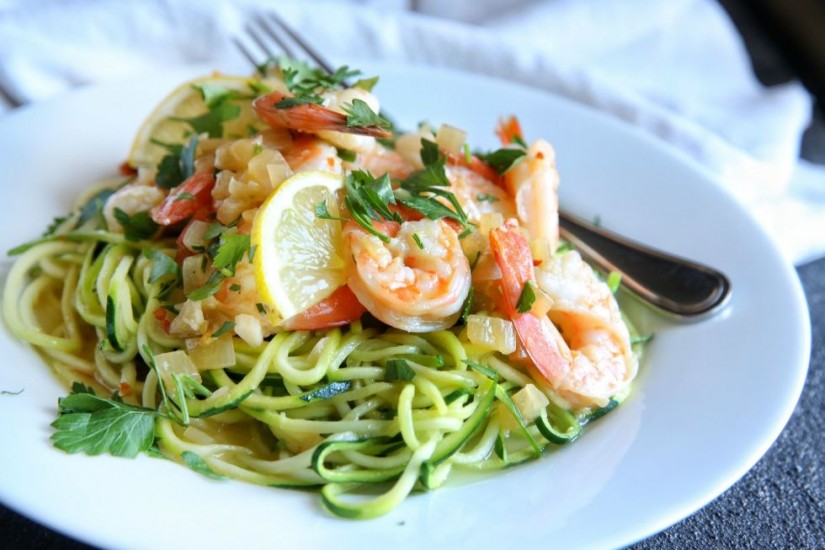Hi, have you ever heard of Solar Keratosis?
Many of us rarely think twice about our largest organ – our skin, unless we suffer skin problems such as eczema or become sunburnt. But did you know that by taking just a minute or so longer to actually check your body over after your daily shower could in fact save your life.
Although there is more public awareness about the dangers of sunbathing, very few of us really realise just how much it can damage our health or how to be able to enjoy the sun safely without the worry of solar keratosis.
I myself had concern over a ‘place’ on my face just recently, and as it was only a short time before the family holiday I made an appointment with my G.P. for when we returned, and who really brought me back down to earth with a thud when he mentioned could be a Solar Keratosis – also known as Actinic Keratosis.
Realistically I know I should have attended before leaving, especially as I intended on sunbathing most days albeit safely – 30 factor sun lotion + 50 sun block over all moles and areas that easily get tender, such as shoulders and face in the high thirty degrees, a very large floppy hat and good quality sunglasses.
Eight weeks ago I had noticed what I thought initially was a spot on my cheek. I never really had spots as a teenager so I watched this spot getting bigger, patiently waiting my time so that I could squeeze it!
After squeezing the spot it turned hastily red and nasty, so I regretted touching it and it took several days to heal over, this sent my little grey cells on overtime, although I knew it did not look anything like pictures of skin cancer that I had seen, I was a little concerned.
When it had healed over it was very raised and a funny shape that several people mentioned it, but as it was not black in colour – it was extremely white and had turned very dry and horny – I ignored it.
Although it never bothered me, subconsciously my fingers would not leave it alone. On holiday I kept it covered completely with sun block as with all of my moles, but again I accidentally knocked the top of it and it healed back larger than it was previously.
Never having smoked or taken drugs – only prescribed, eat good food and drink very little alcohol, consider myself having a healthy lifestyle, but my sunbathing habits – especially in my younger days jeopardise this.
Sunbathing gives most of us the feel good factor, and a little sunshine daily is excellent for us as it allows the body to improve the manufacture of vitamin D in the skin.
Very few of us are aware of the damage that sun worshipping can have. SK or solar keratosis is becoming an increasingly common skin condition but rarely known. This condition left untreated can develop into skin cancer.
The British Association of Dermatologists (BAD) recently said although despite years of warnings and increased publicity, half of Britons would not recognise the signs of a possible skin cancer and a quarter never checked their skin for the disease.
Australia is often thought of as the skin cancer capital but it is a fact that skin cancers make up a third of all UK cancers, and the UK death rate is one and half times higher than theirs, this fact alone should put it into perspective and really drive home the danger that can happen.
Solar keratosis is not skin cancer but an indicator of sun damage of which 1 in 10 can go on to develop into cancer. According to the American Academy of Dermatologists 40 per cent of all squamous cell carcinomas begin as SKs.
Caught early, squamous cell carcinomas are treatable but the consequences can be dire if left untreated spreading to other parts of the body.
Regular checks of the body are very important, not just for moles but any changes or unusual marks on your skin. Your GP or practice nurse should be consulted if you have any concerns and who welcome regular checks with themselves to prevent SKs being left untreated and turning into something potentially more serious.
Treatment for Solar Keratosis ranges from topical creams to freezing and scraping the lesion off.
SKs are most commonly found on the scalp, neck, face, ears, lips, back of hands and forearms, and in women also the lower half of legs, but can indeed be found anywhere on the body.
Sun damage accumulates over time; it is a lifetime of sun exposure that adds risk experts say, not just recent or isolated sunbathing.
Many people do not realise that even on cloudy day’s skin is subjected to the UVA and UVB rays that cause skin damage, so make sun protection a daily occurrence to reduce any risk.
Solar Keratosis is a reaction to over exposure to the sun, especially when we are young; it changes the shape, size, structure and organisation of our skin cells, and can range in size from a pin head to an inch across.
The lesions texture is dry and rough and so more often can be recognised by touch rather than sight initially. The area may also be tender or itchy and prickly, especially after being in the sun.
Once solar keratosis has been successfully treated; regular checks and examinations are advised to keep the condition under control.
Skin types can also determine the level of risk – fair skin has less protective pigment and therefore burns more easily, making red haired and blondes more at risk in the sun along with blue, green or grey eyed people.
People with darker or olive skin should not assume that they are not at risk either, as these skin types are can be susceptible with prolonged exposure
Moreover men need to realise solar keratosis is not just a female problem, many men still think they do not need to use sunscreen, either because they may work outside year round and are ‘used’ to the sun or find it not ‘cool’, and that it is a health issue that needs to be addressed and sunscreen should be made part of the normal daily routine.
There is a higher risk of solar keratosis with people who have a weakened immune system, either through ill health or from bad diets, so eating good food for good health is as always a must.
As you know, we always say you are what you eat and that ‘good food good health’ should be the basis for everybody for a healthy life and healthy outlook on life with a varied diet of good healthy food to keep your liver well balanced and functioning is essential for whole body health including your skin.
A good food that is excellent for your skin is lycopene found abundantly in tomatoes, the darker the red the tomatoes the higher the lycopene content, and being a powerful anti-oxidant lycopene is great at mopping up harmful molecules -free radicals – that are linked to cancer.
Recent studies carried out have shown evidence that a diet rich in lycopene actually has benefits of naturally helping to protect the skin from damage, tests also suggested that production of collagen had been boosted by a tomato-based diet; this being the protein that keeps our skin supple.
Tomatoes have regularly been linked with warding off cancer of the skin, breast, lung, bladder and pancreas, and even combating prostrate cancer.
Water – melons and grapefruit are another good source of lycopene, but tomatoes are far easier to include in your daily diet as tomatoe puree, ketchup and soup that are condensed are very high in lycopene.
Damage to your skin from the sun cannot be reversed, but sensible precautions can be taken to prevent it being damaged further, reducing the chances of getting solar keratosis.
Avoiding the sun when at its strongest – between 10am and 4pm, wear clothes that cover your arms and legs and a wide brimmed hat, use a sunscreen of at least factor 15 or higher and reapply generously every two hours.
I consider myself very lucky this time as the ‘place’ was nothing to worry about; my GP removed it for me and insists that I regularly check myself for other places like this, and that it would have been 110% better to have sought his advice before my holiday and not to have squeezed it!
I completely knew this myself and that his advice was correct but I chose to ignore my conscience, and this is what we all have to change. So many people lie in the sun day after day with little protection and may well be aware of the dangers but choose to ignore the consequences until it is too late, so make sure you and your family enjoy the sun safely.
I have taken this advice on board, I know it annoyed my family that there is no way I would have let them wait any time at all before seeking medical advice – 100 per cent true. They say I am already a stickler for safe sunbathing and this will only fuel my lectures to them on the subject!
The girls have heckled me over it but I would rather drill it home to them about the dangers of sunbathing, as we are still perceived as being healthier looking the browner we get. It is far cheaper and safer to get a tan from a bottle and with the new products available it looks like the real thing when applied to exfoliated skin properly.
So remember ‘good food for good health’ is the best way to keep your body working like clockwork, and a diet made up of a variety of good nutritional food will give you all the vitamins and minerals you should need to keep your skin in tip top condition.
So do not forget early detection of any changes on your skin and safe enjoyment of the sun is the best protection against Solar Keratosis.




